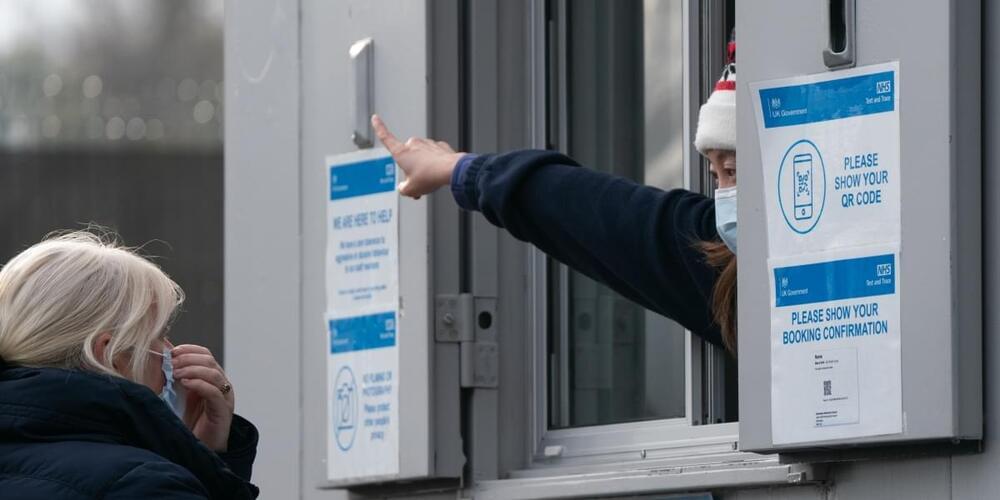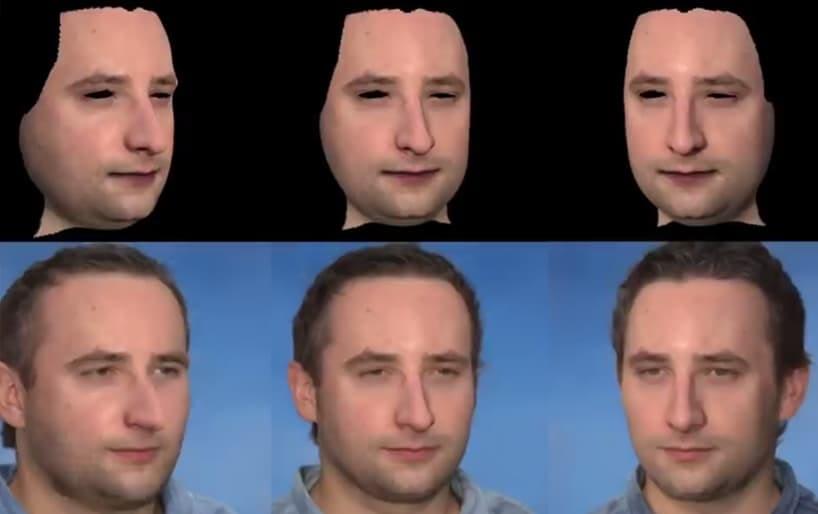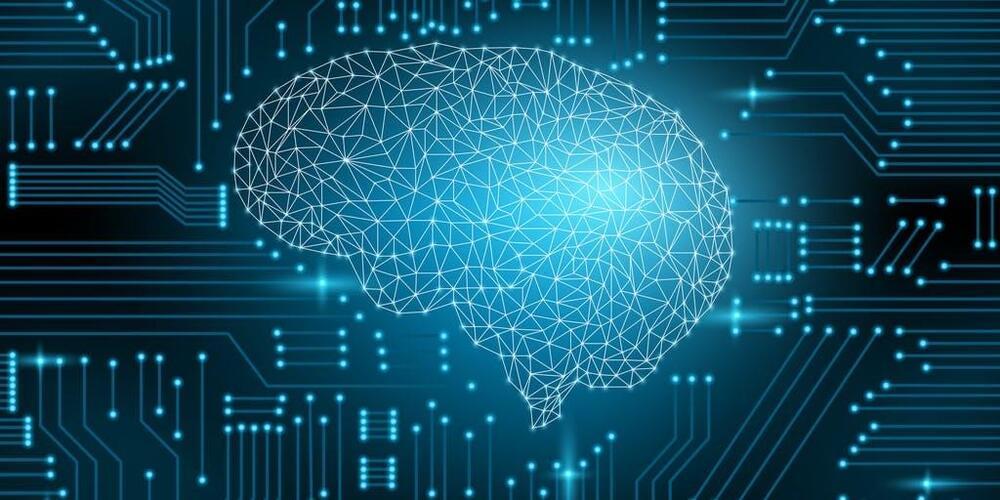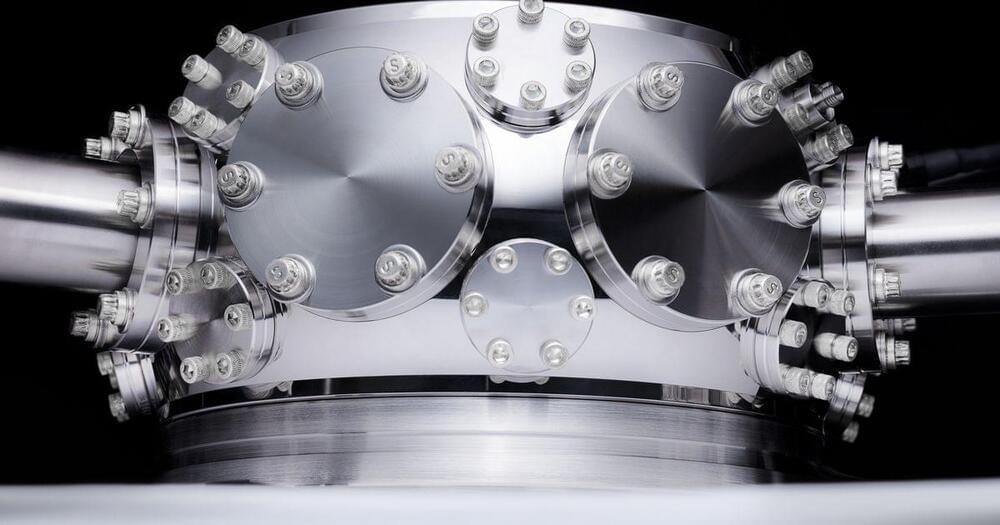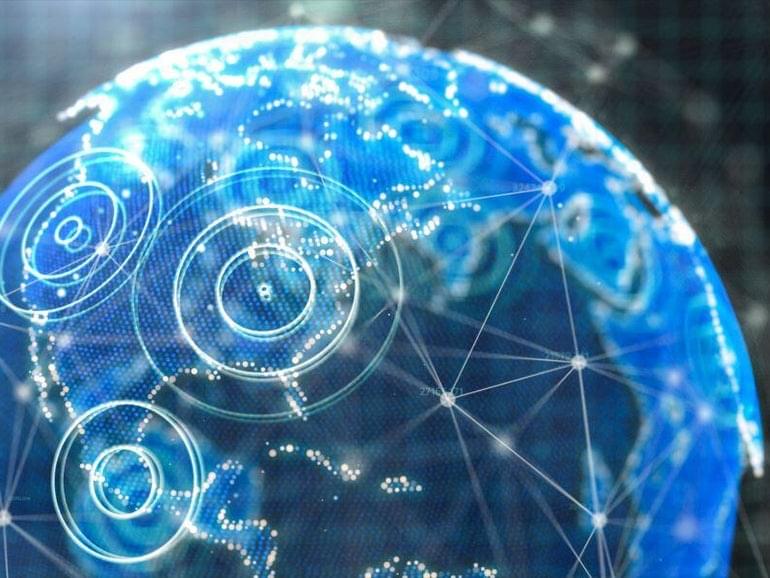As urgent as that question is, experts are warning they need a few weeks at the minimum to fully understand how well vaccines protect against Omicron.
There is a huge global effort to engineer a computer capable of harnessing the power of quantum physics to carry out computations of unprecedented complexity. While formidable technological obstacles still stand in the way of creating such a quantum computer, today’s early prototypes are still capable of remarkable feats.
For example, the creation of a new phase of matter called a “time crystal.” Just as a crystal’s structure repeats in space, a time crystal repeats in time and, importantly, does so infinitely and without any further input of energy—like a clock that runs forever without any batteries. The quest to realize this phase of matter has been a longstanding challenge in theory and experiment—one that has now finally come to fruition.
In research published Nov. 30 in Nature, a team of scientists from Stanford University, Google Quantum AI, the Max Planck Institute for Physics of Complex Systems and Oxford University detail their creation of a time crystal using Google’s Sycamore quantum computing hardware.
Disney’s AI research division has developed a hybrid method for movie-quality facial simulation, combining the strengths of facial neural rendering with the consistency of a CGI-based approach. The pending paper is titled Rendering with Style: Combining Traditional and Neural Approaches for High Quality Face Rendering, and is previewed in a new 10-minute video at the […].
Today’s quantum computers are complicated to build, difficult to scale up, and require temperatures colder than interstellar space to operate. These challenges have led researchers to explore the possibility of building quantum computers that work using photons—particles of light. Photons can easily carry information from one place to another, and photonic quantum computers can operate at room temperature, so this approach is promising. However, although people have successfully created individual quantum “logic gates” for photons, it’s challenging to construct large numbers of gates and connect them in a reliable fashion to perform complex calculations.
Using artificial intelligence, the xenobots were able to replicate themselves using a process not seen in humans or any other animals.
Physics books of 2021
Posted in mathematics, particle physics
Explore 10 new works related to particle physics and astrophysics, plus a bonus book on math.
Unexpectedly high demand for Switzerland’s first crypto stamp has created headaches for the national postal service. Swiss Post announced it had to deal with technical issues when numerous orders hit its online shop all at once on the day the innovative offering was made available.
Demand for First Crypto Stamp Overwhelms Swiss Post’s Online Store
Swiss Post announced the “crypto stamp” initiative in September when it was presented as an attempt to “bridge the gap between the physical and digital worlds in philately.” The state-owned company joined forces with blockchain services provider Inacta to produce the stamp, a first of a kind for the Alpine nation.
The Indian edtech giant Byju’s keeps getting bigger, having raised more than $4.5 billion since it was founded 10 years ago. This month the company made clear its ambitious research agenda: to achieve the science-fiction dream of building next-generation teaching aids with artificial intelligence.
Specifically, the company announced a new research-and-development hub, with offices in Silicon Valley, London and Bangalore, that will work on applying the latest findings from artificial intelligence and machine learning to new edtech products. The new hub, called Byju’s Lab, will also work on “moonshots” of developing new forms of digital tutoring technology, said Dev Roy, chief innovation and learning officer for BYJU’s, in a recent interview with EdSurge.
“Edtech is one of the slowest adopters of AI so far, compared to some of the other industries out there,” Roy said. “Even in health care, what DeepMind has done with mapping the proteins of DNA—nobody’s doing that in the education sector.”
Investors keen on quantum computing can expect the Honeywell-Cambridge Quantum merger to produce a new publicly traded company within a year.
Analysts at Booz Allen Hamilton warn that Chinese espionage efforts could soon focus on encrypted data.
